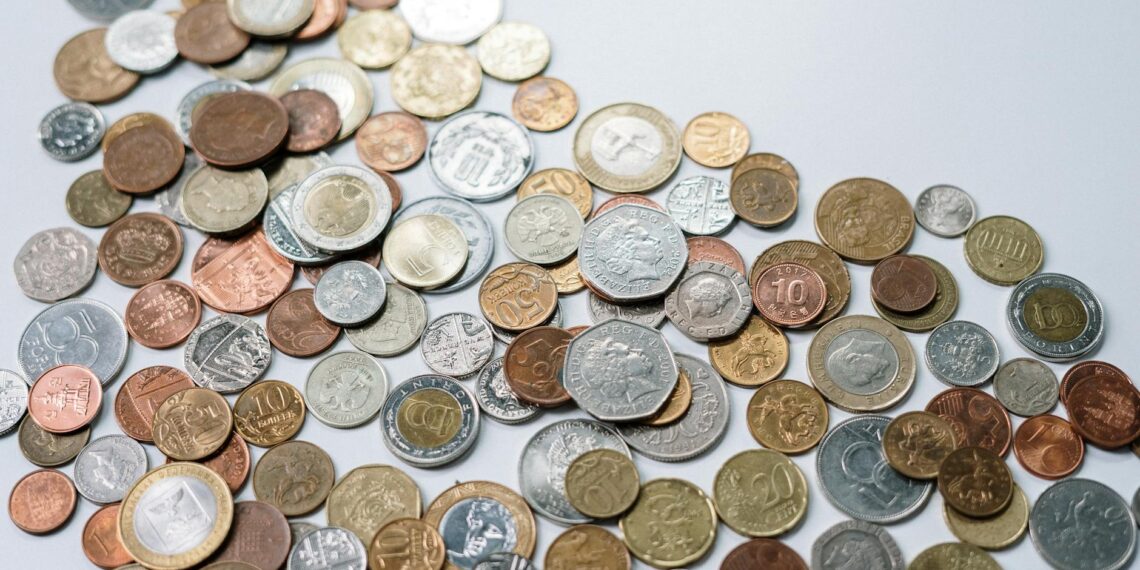The value of a one-dollar gold coin can vary significantly depending on whether it’s a genuine historical gold dollar or a modern “golden” dollar.
- These coins contain actual gold (90% pure).
- Even in heavily worn condition, they are worth at least $100 for their gold content alone.
- Most common dates range in value from $150 to $2,000.
- Rare and high-grade examples can fetch significantly more, with some selling for tens of thousands or even over $180,000 at auction.
- They are characterized by their small size, smaller than a dime, measuring about 15mm across.
- Three types exist: Type 1 (1849-1854) with a Liberty Head design, and Type 2 (1854-1856) and Type 3 (1856-1889) with Indian Princess Head designs.
- These include Sacagawea dollars, Presidential dollars, and American Innovation dollars.
- They are made from a copper core with a manganese-brass coating, giving them a golden color.
- They do not contain any precious metals and are worth their face value of one dollar.
- They are larger than the historic gold dollars, roughly the size of a quarter.
To determine the value of your specific one-dollar coin, it’s crucial to first identify if it’s a genuine historic gold dollar or a modern “golden” dollar.
- If it’s dated between 1849 and 1889 and is smaller than a dime, it’s likely a valuable historic gold dollar.
- If it’s from 1979 or later and is the size of a quarter, it’s a modern “golden” dollar and worth one dollar.
For potentially valuable historic gold dollars, consider getting a professional appraisal from a reputable coin dealer or submit it for professional grading by services like PCGS or NGC. These services can authenticate the coin and assess its condition, which significantly impacts its market value.









Are 1 dollar gold coins actually gold?
Are Gold Dollar Coins Real Gold? Yes! Issued from 1849-1889, the American one dollar gold coin weighed exactly 1.672 grams and contained 1.505 grams of gold.